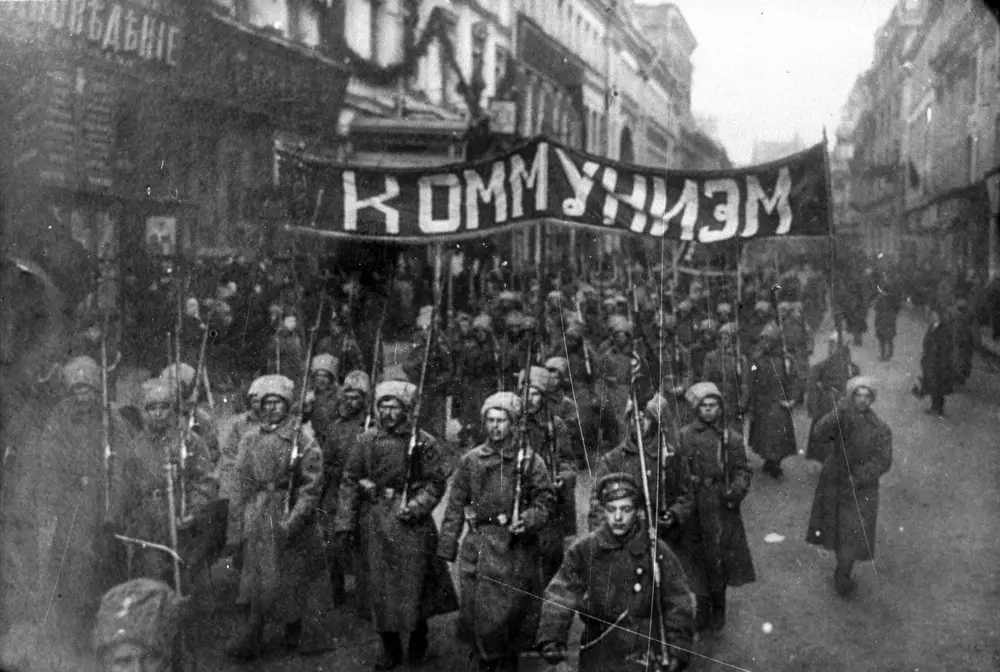 February 1917, the February Revolution burst in Petrograd (currently known as Saint Petersburg). The Revolution was due to the alienation of all sectors of Russian society. In particular, the industrial workers were suffering because of food shortages and deteriorating working conditions in factories. That was mainly due to the extreme effort the Great War was requiring from Russia. As a matter of fact, Russia had to fight three different countries during the First World War, which is Germany, Austria-Hungary and Turkey. The war was extremely difficult not just from a military point of view, but also materially. The main problem was the Russian poorly-equipped railway that quite often resulted in lack of supplies.
February 1917, the February Revolution burst in Petrograd (currently known as Saint Petersburg). The Revolution was due to the alienation of all sectors of Russian society. In particular, the industrial workers were suffering because of food shortages and deteriorating working conditions in factories. That was mainly due to the extreme effort the Great War was requiring from Russia. As a matter of fact, Russia had to fight three different countries during the First World War, which is Germany, Austria-Hungary and Turkey. The war was extremely difficult not just from a military point of view, but also materially. The main problem was the Russian poorly-equipped railway that quite often resulted in lack of supplies.
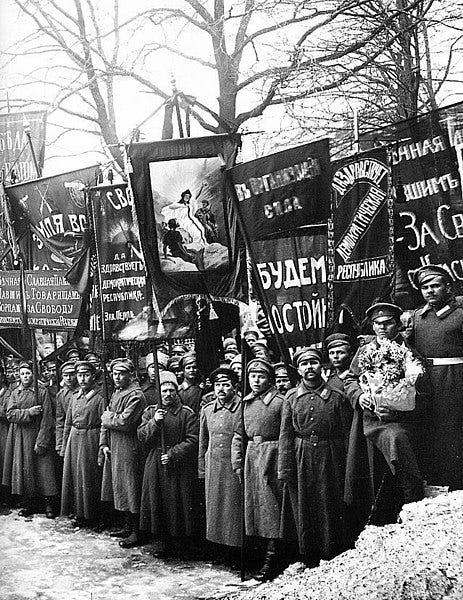
The February Revolution
The revolution was supported not just by blue-collars, but also by white-collar workers, students and aristocrats members of the Duma, the Russian Parliament. Cooperation between classes was fundamental as the revolutionaries needed the Duma to establish a broader regime. Eventually, the February Revolution was a success: the Tsar Nicholas II abdicated and the Russian Empire collapsed. As a consequence, a Dual Power was held: on the one hand, we had the Provisional Government whose representatives used to seat in the Duma; on the other hand, we had the Petrograd Soviet (the core part of a broader system of Soviets placed all around Russia, especially in industrial cities) which represented workers and soldiers.
Bolsheviks and Mensheviks
The Russian Social Democratic Labour Party had been divided into two factions since 1912. These factions were the Bolsheviks and the Mensheviks. Both of them pursued the socialist revolution, but their ideas about the nature of the party were quite different. The Bolsheviks preferred a closed party made up by professional revolutionaries, the Mensheviks were in favor of a broader party able to group up different ideologies and political sentiments. As far as the Mensheviks are concerned, they were able to put some of their politicians into the Provisional Government and to take control of the Soviets. Initially, the Bolsheviks were excluded from both the Provisional Government and the executive committee of the Petrograd Soviet.
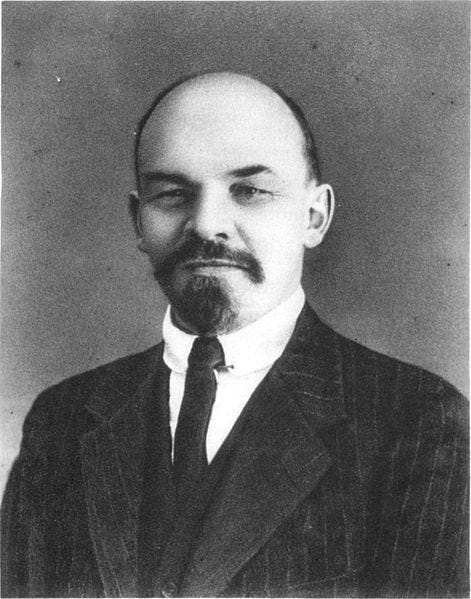
Lenin’s Return to Russia
Lenin, at the time in exile in Switzerland, came to know about the February Revolution by reading some local newspapers. Lenin was the head of the Bolsheviks and once realized Imperial Russia had collapsed, he knew it was the time to go back to Russia. However, he realized that, because of the ongoing war conflict, many of the passages to enter the country were barred. The United Kingdom and France would have denied him the possibility to go back to Russia, because they knew Lenin’s thoughts about war. According to him, the Great War was a “capitalist war” that oppressed the people for the enrichment of a few. If Lenin had gained power in Russia, he would have left the conflict breaking the Entente Powers coalition.
A Negotiation Between Lenin and Wilhelm II
Lenin understood that the only possible solution was a negotiation with Germany. Just like the Entente Powers, also Germany knew that Lenin would have been a dangerous component in the Russian political landscape. If Germany had been able to end the war on the East, then it would have had the possibility to gather its army on the West. The Kaiser Wilhelm II gave the green light and facilitated the transit across Germany in a sealed railway carriage with Lenin and other Bolsheviks.
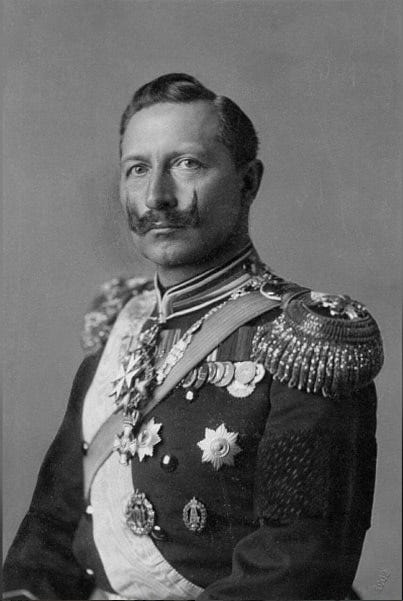
Funds Provision
However, the Kaiser Wilhelm II not only provided a means of transport for the Bolshevik conspirator but also gave him tens of millions of marks. The discovery, published by the weekly news magazine “Stern” in the 90s, made use of bank account numbers, dates and amounts of payments, to demonstrate that the Russian Revolution was financed by the Germans. Anyway, that was not totally new, as some of Lenin’s enemies had already accused him of this. The Soviet Union and Germany had always denied, but there is still some evidence. For instance, on June 18, 1917, a German industry magnate sent 350.000 marks to an account entitled to Lenin in Sweden. On January 8, 1918, a payment from the Reichsbank was sent to Trotsky. Some historians argue that Germany gave political coordinations to Lenin too.
In exchange for those funds, Lenin reassured the Germans that, once he gained power in Russia, he would have signed an armistice with Germany and its allies. This happened on March 3, 1918, when Lenin signed the Treaty of Brest-Litovsk that ended the war on the Eastern front. Needless to say, without those funds, European History would have probably been pretty different.
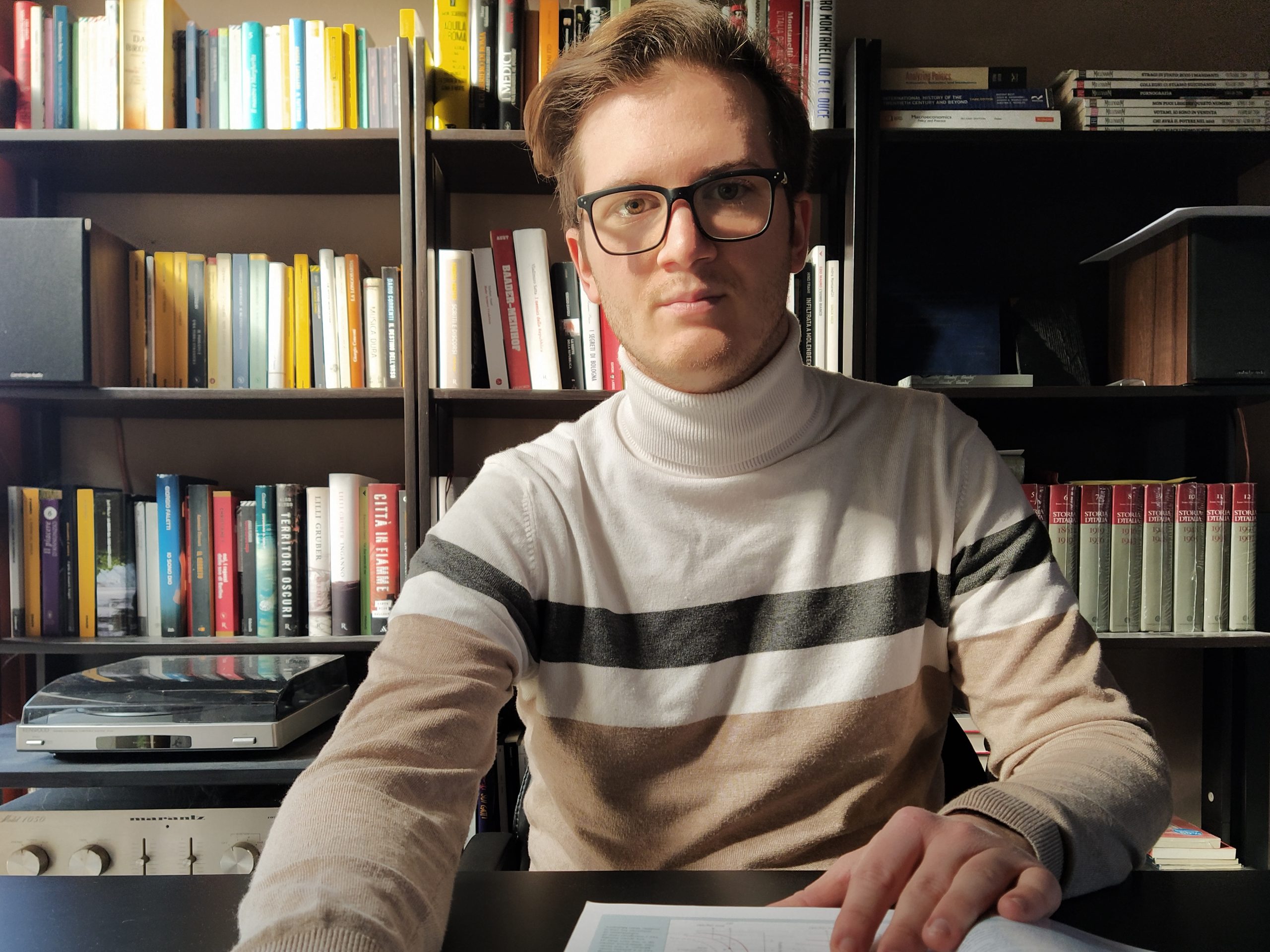
History, Politics & Economics – A place for uncomfortable truths.
michelecaimmi98[at]hotmail.com

